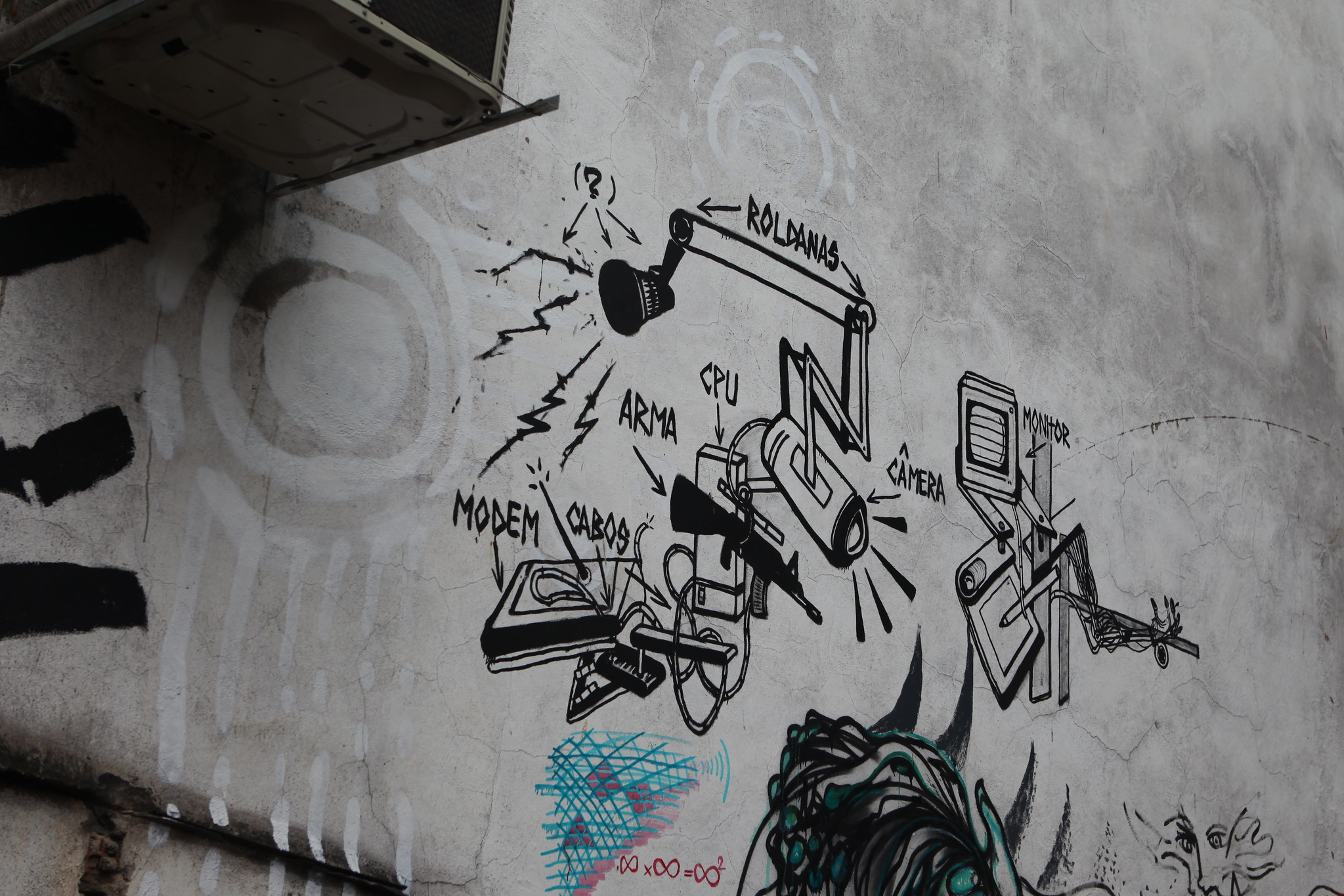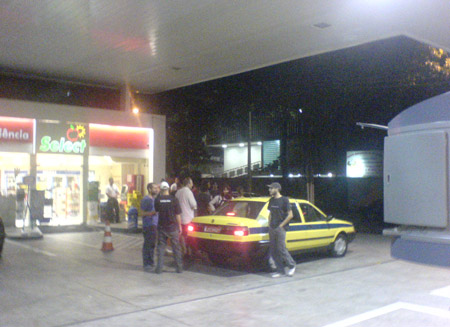Rio de Janeiro as a smart city
The New York Times has a longish article portraying the Operations Center of the City of Rio that has been build by IBM’s smarter cities unit.
In the article both the city of Rio de Janeiro and IBM portray the operations center as some kind of magic wand that enables the benevolent city government to steer the daily life of the city’s population using video feeds and text messages:
City employees in white jumpsuits work quietly in front of a giant wall of screens — a sort of virtual Rio, rendered in real time. Video streams in from subway stations and major intersections. A sophisticated weather program predicts rainfall across the city. A map glows with the locations of car accidents, power failures and other problems.
[…] Rio represents a grand challenge. A horizontal city sprawled between mountains and the Atlantic Ocean, it is at once a boomtown, a beach town, a paradise, an eyesore, a research center and a construction site. Oil-industry giants like Halliburton and Schlumberger have been rushing to build research centers here to help develop massive oil and gas fields off the coast.
Special police units have moved into about 20 slums, called favelas, in an effort to assert government control and combat crime. Rio is also reconstructing major arenas and building a rapid-bus system ahead of the 2014 World Cup and the 2016 Summer Olympics.
This is a city where some of the rich live in gated communities while some of the poor in the favelas pirate electricity from the grid. And where disasters, natural and otherwise, sometimes strike. Rainstorms can cause deadly landslides. Last year, a historic streetcar derailed, killing five people. Earlier this year, three buildings collapsed downtown, killing at least 17.
[…] In real flood conditions, the operations center decides when to set off the sirens. That decision is based on I.B.M.’s system, which uses computer algorithms to predict how much rain will fall in a given square kilometer — a far more precise forecast than standard weather systems provide. When the program predicts heavy rain, the center sends out text messages to different departments so they can prepare.
The article lists a number of criticism of this surveillance based approach to smart cities:
Some wonder if it is all for show, to reassure Olympic officials and foreign investors. Some worry that it will benefit well-off neighborhoods more than the favelas. Others fear that all this surveillance has the potential to curb freedoms or invade privacy. Still others view the center as a stopgap that does not address underlying infrastructure problems.
Which seems perfectly summarized by this graffiti that i came across in central Rio last january (two days after the building collapse mentioned in the NYT article above, which took place within 10 minutes walking distance from the location of the graffiti).

Smart city graffiti
Makes me wonder if the graffiti artists was referring to a general tendency or to the Operations Center of the City of Rio in particular.



